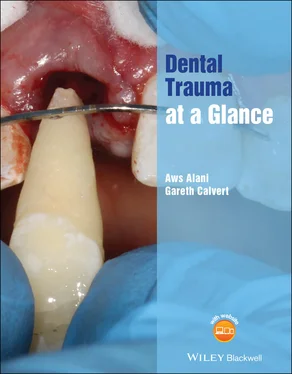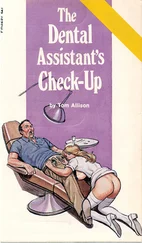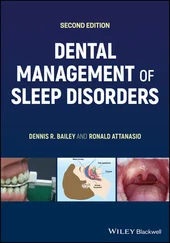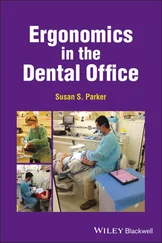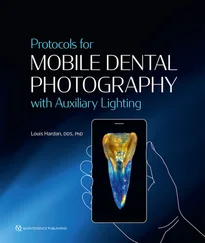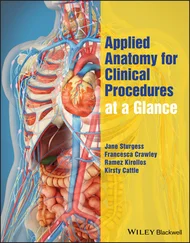Aws Alani - Dental Trauma at a Glance
Здесь есть возможность читать онлайн «Aws Alani - Dental Trauma at a Glance» — ознакомительный отрывок электронной книги совершенно бесплатно, а после прочтения отрывка купить полную версию. В некоторых случаях можно слушать аудио, скачать через торрент в формате fb2 и присутствует краткое содержание. Жанр: unrecognised, на английском языке. Описание произведения, (предисловие) а так же отзывы посетителей доступны на портале библиотеки ЛибКат.
- Название:Dental Trauma at a Glance
- Автор:
- Жанр:
- Год:неизвестен
- ISBN:нет данных
- Рейтинг книги:5 / 5. Голосов: 1
-
Избранное:Добавить в избранное
- Отзывы:
-
Ваша оценка:
- 100
- 1
- 2
- 3
- 4
- 5
Dental Trauma at a Glance: краткое содержание, описание и аннотация
Предлагаем к чтению аннотацию, описание, краткое содержание или предисловие (зависит от того, что написал сам автор книги «Dental Trauma at a Glance»). Если вы не нашли необходимую информацию о книге — напишите в комментариях, мы постараемся отыскать её.
Everything you need to know about Dental Trauma … www.wiley.com/go/alani/dental_trauma at a Glance series
at a Glance
Dental Trauma at a Glance
at a Glance
Dental Trauma at a Glance
Dental Trauma at a Glance — читать онлайн ознакомительный отрывок
Ниже представлен текст книги, разбитый по страницам. Система сохранения места последней прочитанной страницы, позволяет с удобством читать онлайн бесплатно книгу «Dental Trauma at a Glance», без необходимости каждый раз заново искать на чём Вы остановились. Поставьте закладку, и сможете в любой момент перейти на страницу, на которой закончили чтение.
Интервал:
Закладка:
Oral predisposing factors
Patients with an overjet of 6 mm or greater ( Figure 1.1).
Lip incompetence ( Figure 1.2).
Protruding upper anterior teeth.
Patients with residual dental disease, such as heavily restored teeth or periodontitis, are more likely to suffer greater consequences of trauma than those with otherwise intact healthy dentitions ( Figure 1.3).
Unintentional traumatic dental injuries
Formulates a large cohort of dental injuries.
Patients prone to falling over due to medical conditions or those that may be at a greater risk due to seizures such as epilepsy may present multiple times throughout their lives.
Sports that involve projectile equipment such as hockey, cricket, or football are also at a greater risk. Ice hockey has been shown to have the highest prevalence of all sports.
Contact sports such as boxing and martial arts also carry an increased risk. Non‐contact sports such as gymnastics, horse riding, and athletics also represent a risk.
Socioeconomic factors
There is some evidence that shows areas with greater deprivation have a higher prevalence of trauma.
Densely populated areas also show a greater prevalence.
Human behaviour
Patients who take risks with their physical safety are at a greater risk of dental trauma ( Figure 1.4).
Situations of greater interpersonal difficulty such as being bullied have a higher risk of dental trauma.
Patients who are hyperactive, such as those with Attention deficit hyperactivity disorder or ADHD, are at a greater risk of dental trauma.
Inappropriate use of teeth such as the opening of bottles or beverages also has a higher risk of dental trauma.
Learning difficulties or physical limitations
Epilepsy, cerebral palsy, learning difficulties, or hearing or visual impairment all present a greater risk of dental trauma.
Intentional traumatic dental injuries
Interpersonal violence such as physical abuse between partners or assault increases the risk of dental trauma.
Clinicians must be vigilant for signs of physical abuse and consider liaising with their local safeguarding team or seeking advice from the Police.
Iatrogenic injuries
One of the most common complications of general anaesthesia is dental trauma during intubation procedures.
Road traffic accidents
More severe traumatic dental injuries are likely in road traffic accidents. Due to the severity of other, likely life‐threatening injuries, management of dental trauma may be delayed ( Figure 1.5).
Key Points
Management of risk is the key to prevention.
Those patients who have previously suffered dental trauma are more likely to have repeated episodes of dental trauma.
The patient’s social circumstances play a huge role in the risk of trauma.
Medical conditions affecting movement and proneness to falling also play a significant role.
A risk assessment should be conducted for all patients to identify those that may benefit from preventive measures.
2 Prevention of dental trauma
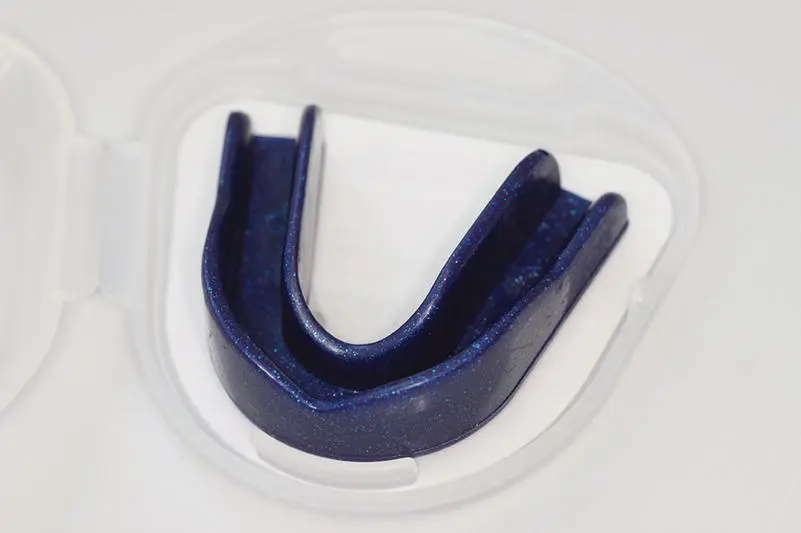
Figure 2.1 An example of a ‘boil in the bag’ mouth guard.
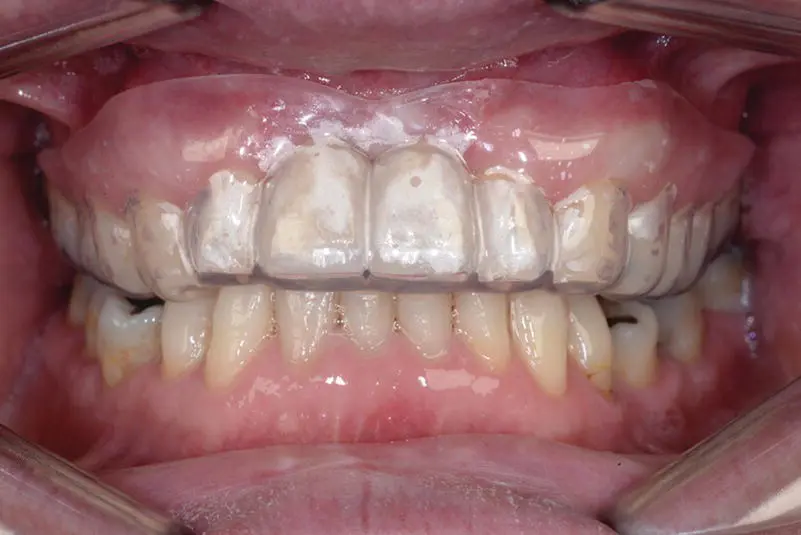
Figure 2.2 A correctly extended maxillary mouth guard covering the teeth and soft tissue following the depth of the sulcus.
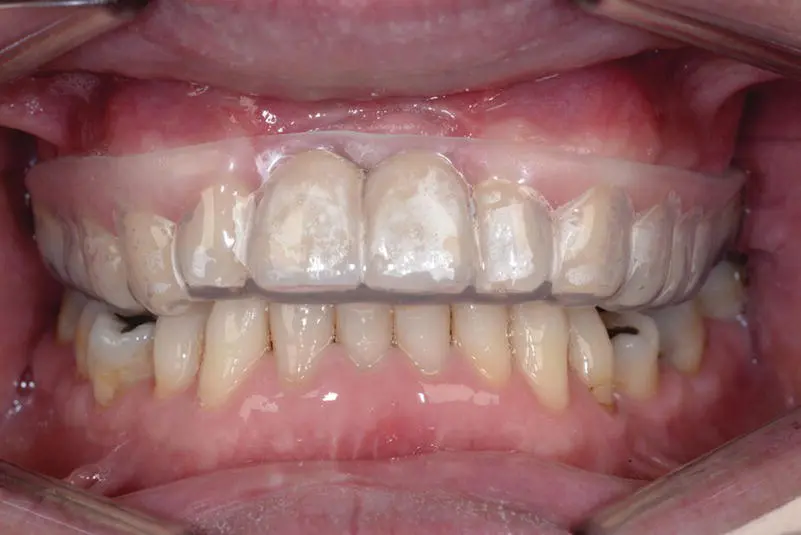
Figure 2.3 An incorrectly extended maxillary mouth guard not covering the soft tissues adequately into the sulcus leaving this area unprotected.

Figure 2.4 Helmets for bike travel can reduce injury severity.
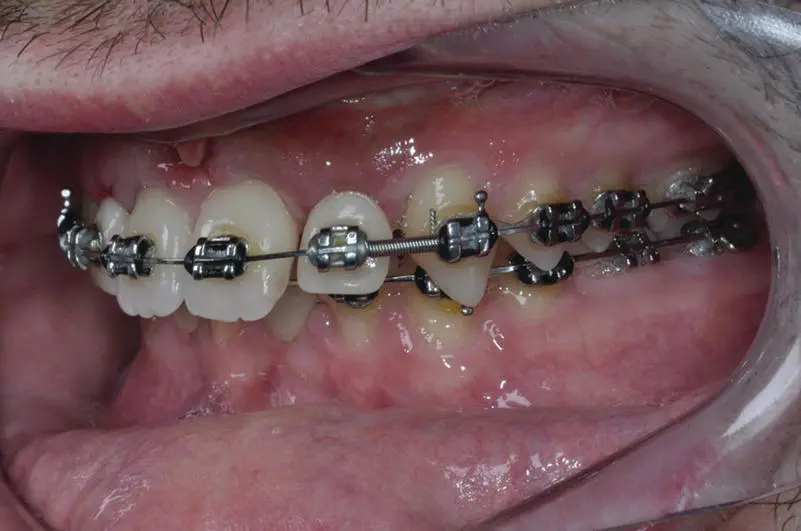
Figure 2.5 Orthodontics reducing an increased overjet.
Introduction
The majority of traumatic dental injuries can happen unexpectedly during daily life. This makes their complete prevention practically impossible. Therefore education on avoidance, reduction and the correct acute management may go some way in reducing the severity of injuries, making them easier to manage once they present to the clinician.
The following are some active steps that can be taken to avoid or reduce injuries to the dental hard and soft tissues.
Mouth guards
It is recommended that all athletes wear a mouth guard or gum shield to minimise any impact and reduce the prevalence of traumatic dental injuries (Fernandes et al. 2019). The mode of protection provided by a mouth guard varies depending on the direction and energy of the impact.
There are three types of mouth guard:
Stock (universal)
Mouth‐formed (boil and bite) ( Figure 2.1)
Custom‐made (fabricated by a dental professional) ( Figure 2.2)
While custom‐made mouth guards from a dentist are more costly, they provide the best comfort and protection against dental trauma (Johnston and Messer 1996). Furthermore, the cost of a customised mouth guard is insignificant when compared to the financial outlay of the provision and subsequent lifelong maintenance of traumatised teeth or their prosthodontic replacement.
Ideal features of mouth guards
Absorb and deflect frontal or axial impacts.
Protect the oral soft tissue as well as the hard tissues ( Figure 2.2).
Support the mandible when in occlusion from crown‐root fractures and mandibular jaw fracture.
Common pitfalls
Underextension over the gingiva and mucosa ( Figure 2.3). The teeth and soft tissues should be covered to increase protection, retention, and strength of the mouth guard.
Underextension over posterior units. The mouth guard should extend over at least one molar each side for retention and occlusal stability.
Palatal extension. The mouth guard should extend palatally in the anterior region for strength and retention.
Thickness. If too thick, the wearer my struggle with comfort or breathing. If too thin, there will be no protective benefit.
Helmet
Wearing a helmet ( Figure 2.4) or face mask for motorsports, bicycle riding, and those who use motorbikes to commute has been shown to reduce maxillofacial injuries by up to 50% (Kelly et al. 1991; Benson et al. 1999).
Unfortunately, cyclists still experience a high prevalence of dental trauma as few wear mouth guards.
Seat belts
This is a legal requirement when traveling in a motor vehicle. The use of seat belts has been shown to significantly decrease the frequency of facial injuries (Reath et al. 1989).
Overjet reduction
An increased overjet of more than 6 mm is associated with a higher prevalence of dental trauma. Therefore, orthodontic treatment to reduce the overjet should be considered in these patients ( Figure 2.5).
Читать дальшеИнтервал:
Закладка:
Похожие книги на «Dental Trauma at a Glance»
Представляем Вашему вниманию похожие книги на «Dental Trauma at a Glance» списком для выбора. Мы отобрали схожую по названию и смыслу литературу в надежде предоставить читателям больше вариантов отыскать новые, интересные, ещё непрочитанные произведения.
Обсуждение, отзывы о книге «Dental Trauma at a Glance» и просто собственные мнения читателей. Оставьте ваши комментарии, напишите, что Вы думаете о произведении, его смысле или главных героях. Укажите что конкретно понравилось, а что нет, и почему Вы так считаете.
